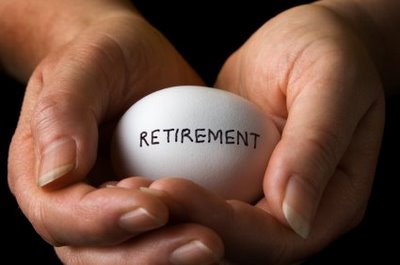Blog
BLOG: How to understand and navigate pension allowances

The coronavirus pandemic has thrown the nation’s retirement plans up in the air. Research has shown that many people over 50 and in work are set to delay their retirement by an average of three years or keep working indefinitely as a direct result of Covid-19.
Age fifty onwards is a key stage in people’s retirement planning, so seeing a material impact on household income will naturally lead to pessimism about achieving retirement goals. Before making any rash decisions over your retirement, it’s important to have a strong understanding of the options available before concluding that retirement needs to be postponed, or worse, forgotten indefinitely; reviewing pension saving is a key first step.
Saving into a pension is one of the most tax-efficient ways to save for your retirement. Not only do pensions enable you to grow your retirement savings largely free of tax, but they also provide tax relief on the contributions you make.
For those whose retirement plans may have been impacted by the health crisis, it is worth exploring how to maximise the allowances available through pension savings to boost your retirement pot.
Furthermore, there has been wide speculation that we could see changes to the generous pension tax relief rules in the future as the chancellor looks to ‘balance the books’, so it is worth making use of what allowances and reliefs are available now in case they do get reduced.
There are various pension allowances that you should make the most of now. These allowances limit the amount of money you can contribute to a pension in a year, as well as the total amount of money you can build up in your pension accounts while still enjoying the full tax benefits…
Lifetime Allowance
All your pensions, including workplace pensions, count towards the Lifetime Allowance, with the exception being the State Pension and overseas pensions. The standard Lifetime Allowance is £1,073,100 since 6 April 2020 and increases with inflation each year.
You don’t pay a tax charge until you take your pension savings over and above your Lifetime Allowance (or reach age 75, if earlier). The charge is only on the excess money saved in your pension that is above your Lifetime Allowance.
This means that for the majority there is an ability to save into a pension throughout their lifetime without being caught by the Lifetime Allowance.
Annual Allowance
The pension Annual Allowance is the maximum amount of money you can contribute towards a defined contribution pension scheme in a single tax year and receive tax relief on.
All contributions made to your pension by you, your employer or any third party, as well as any tax relief received, count towards your Annual Allowance.
The standard pension Annual Allowance is currently £40,000, or 100% of your income if you earn less than £40,000.
Carry Forward
Carry forward is a way of increasing your pension Annual Allowance in the current tax year. It is used when your total pension contribution amounts for a tax year exceed your pension Annual Allowance limit for that year. You can do this by carrying forward unused allowances from the three previous tax years to make contributions this year.
Tapered Annual Allowance
This reduces the level of pension funding high earners (threshold income above £200,000) and their employers can make into pension schemes. If high earners exceed the threshold and adjusted income amounts, their Annual Allowance may be reduced.
Money Purchase Annual Allowance
The Money Purchase Annual Allowance (MPAA) rules were introduced as an anti-avoidance measure to prevent widespread abuse of the pension freedoms which commenced from 6 April 2015.
It’s intended to discourage individuals from diverting their salary into their pension with tax relief and then immediately withdrawing 25% tax-free. The MPAA applies only to money purchase contributions and has remained at £4,000 since 6 April 2017. It also applies if you have taken money out of your pension, so once you’ve taken this action, the maximum you can contribute is £4,000 a year.
Non-taxpayer or earning less than £3,600
If you have no earnings or earn less than £3,600 a year, you can still pay into a pension scheme and qualify to receive tax relief added to your contributions up to a certain amount.
The maximum you can contribute is £2,880 a year. Tax relief is added to your contributions, so if you pay £2,880, a total of £3,600 a year will be paid into your pension scheme, even if you earn less than this or have no income at all, putting it another way, in this example the government pays £720 into your pension even if you do not have any income.
Sarah Lord is chief client officer at Succession Wealth